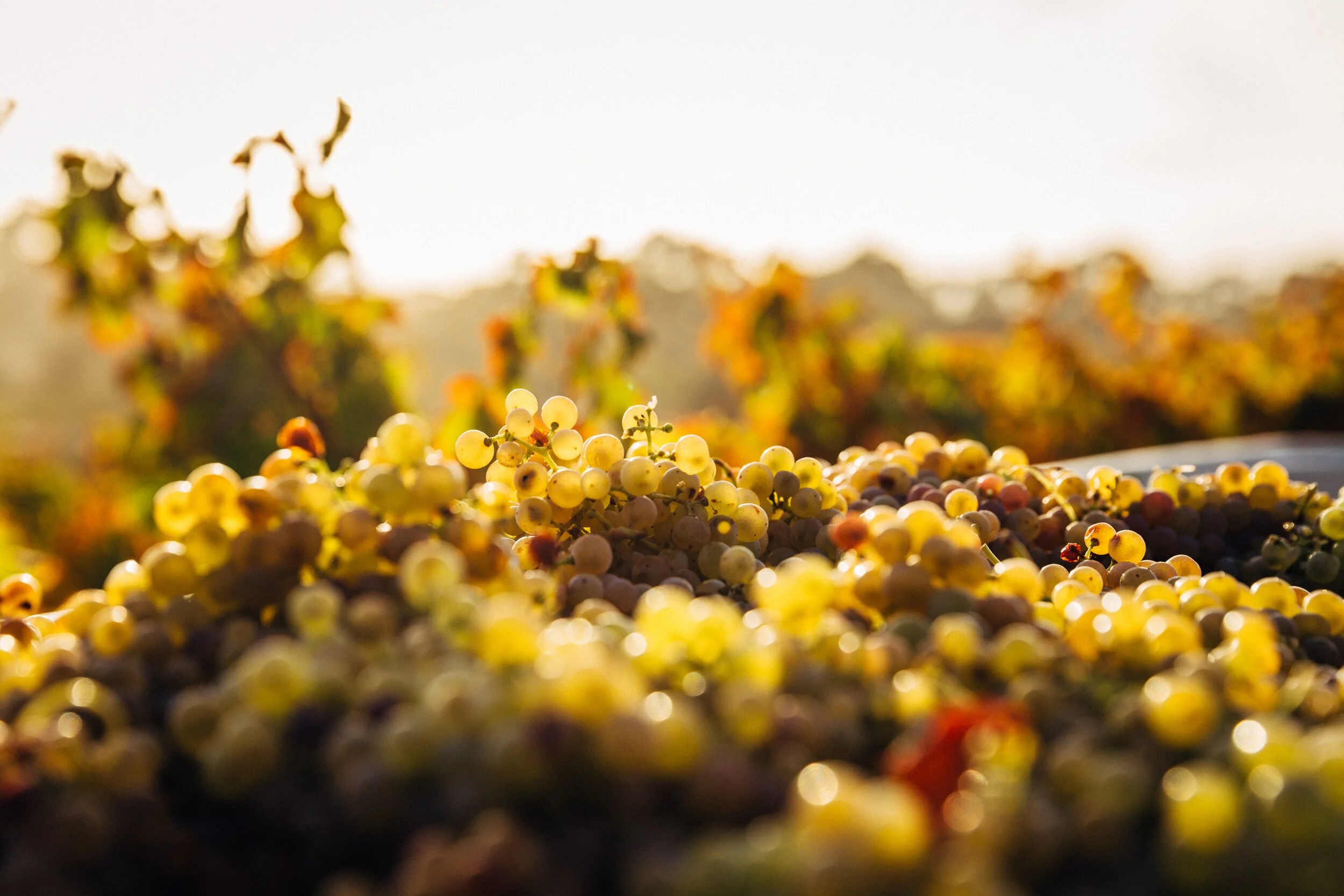Tackle Vineyard Variability with Vine Health Predictions
Photo: Thomas Schaefer on Unsplash
Variability in vine vigour and grape composition makes it difficult for growers to meet uniform quality specifications from winemakers. As a result, growers often have the opportunity to make up to AU$2,155 per hectare for reducing variability.
Vineyard variability is driven by climate, features of the land (e.g. topography and soil composition, including moisture content and nutrient availability) and diseases. Frequent vine health and leaf moisture monitoring enables growers to identify, predict and respond to areas of vigour variability in their vineyard (Bramley et al. 2011).
Current practices
Regular monitoring of vine health variability in the vineyard can be difficult, especially with manual estimation methods.
Cost. Labour costs, particularly for large blocks, make regular manual monitoring of variability (commonly measured by NDVI) impractical. Using satellite imagery and drones is expensive, and neither technology is readily available.
Scalability. Manual techniques cannot be scaled over long distances with accuracy, meaning growers risk significant error margins using these methods at scale.
Lack of forecasting and comparison capability. Estimates only reflect variability at the time of observation. The timing of estimates is generally out of growers’ control and changes in variability cannot be mapped over time.
Our solutions
We have worked with viticulturists and growers to develop our VineSignal product, an AI-powered platform that optimises growers’ abilities to tackle vigour variability in their vineyards. VineSignal analyses data from satellite imagery, ground sensors and proprietary sources to track and predict vine health on a daily basis.
“The industry is lagging and this gives us more and more data to make decisions.”
VineSignal supports growers and viticulturists by:
Predicting NDVI and NDWI for the next two weeks at all points across the vineyard to give early warning of expected environmental changes that might affect vine health.
Comparing NDVI and NDWI change over the previous week and the previous month to see the precise impact of irrigation and fertiliser use. This allows growers to act upon and improve grape quality and yield.
Reporting actual NDVI daily and NDWI weekly to pinpoint where to lower vigour variability and treat disease.
Providing a season summary, including a historical (timelapse) summary of the past four years from bud burst to vintage. This enables growers and viticulturists to make off-season adjustments for nutrients and variability.
Incorporating cutting-edge data sources on demand. Depending on customers’ specific needs, we integrate high-resolution (<1 m/px) satellite imagery and multispectral imagery data from drones and planes into our machine learning algorithms for maximum precision.
Example NDVI monitoring and prediction functionality (also available for NDWI)
We’ve developed VineSignal to meet growers’ needs for detailed insights into vigour variability in their vineyards. As climate change increases temperatures in wine-growing regions around the world, affecting vine vigour and grape composition (Bonilla et al. 2015), tools for precision viticulture are becoming more important than ever before.
Our team has significant experience in using the latest artificial intelligence tools in precision viticulture to help growers tackle variability in the vineyard. Schedule a VineSignal demo here.


